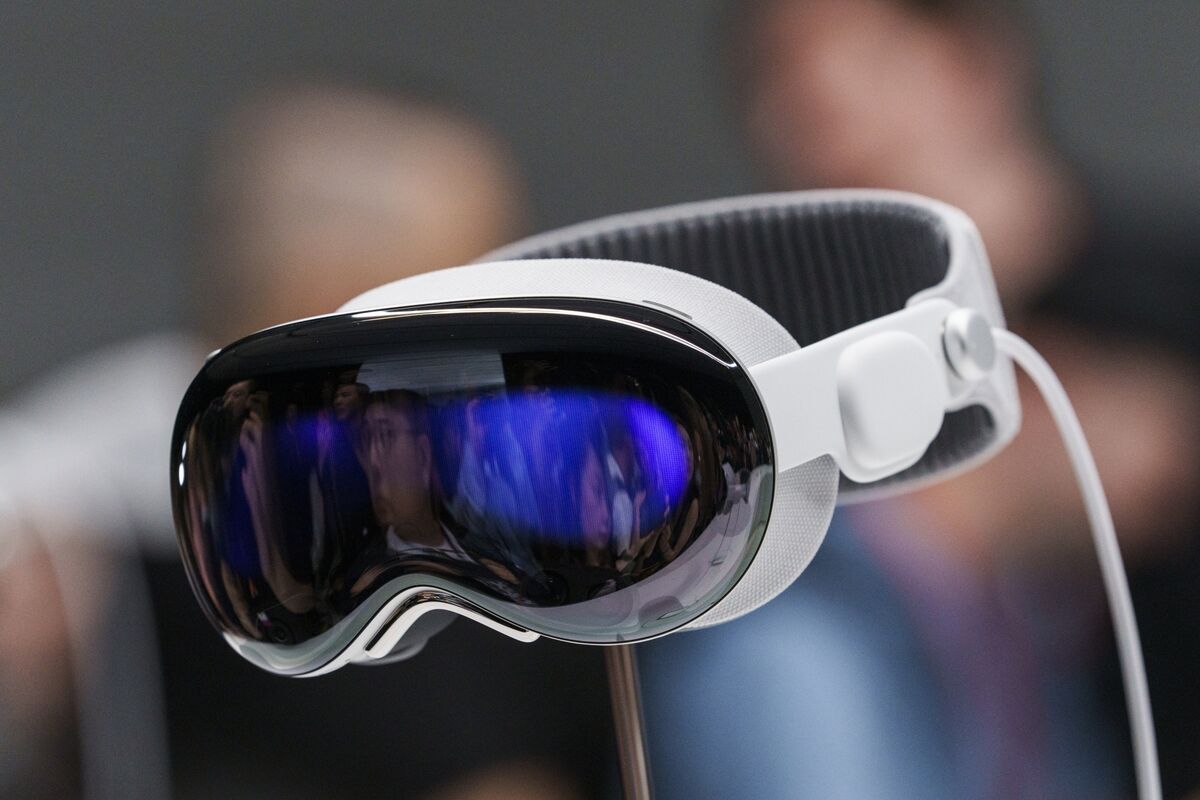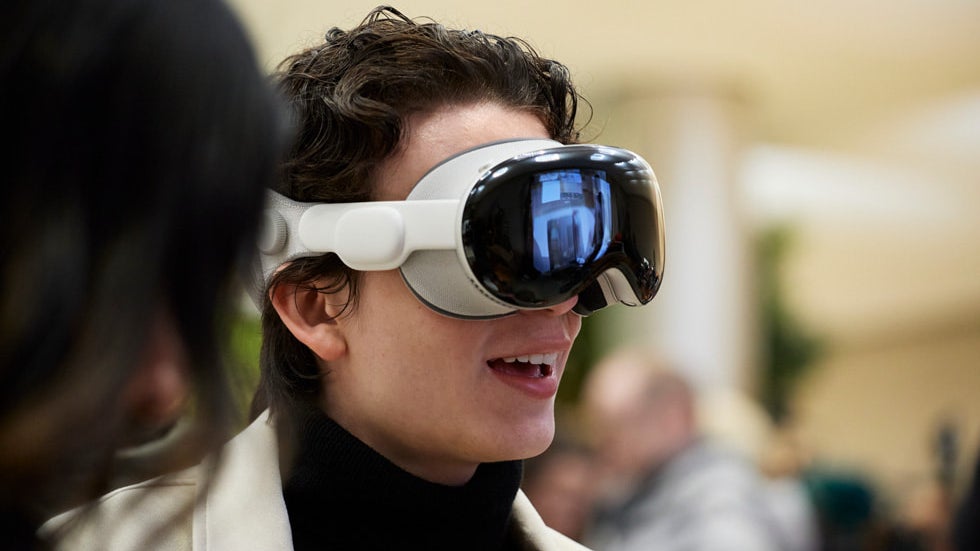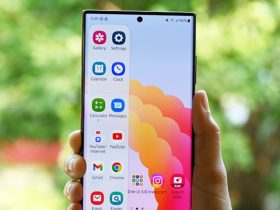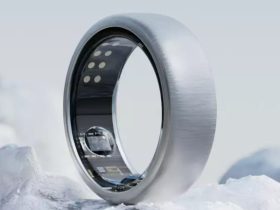Apple’s Vision Pro headset has struggled to gain widespread adoption due to its high price and niche appeal. Despite these challenges, reports indicate that Apple is moving forward with a successor. Ming-Chi Kuo, a prominent Apple analyst, predicts that the company could launch a second-generation version of the headset, potentially called the Vision Pro 2, as soon as next year.
This new model is expected to be powered by the upcoming M5 chip, though other specifics remain scarce. Kuo also mentioned that a more affordable version, possibly named the Vision Pro SE, won’t be released until at least 2027, further highlighting Apple’s cautious approach in the mixed reality space.
Meanwhile, Bloomberg’s Mark Gurman has confirmed that Apple is planning a “chip upgrade” for the Vision Pro’s next iteration, suggesting that performance improvements are a priority for the company’s mixed reality ambitions. Gurman also hinted that Apple has a more budget-friendly headset with simplified technology in development, though he didn’t provide a release date.

These rumors indicate that Apple may be exploring ways to make mixed reality more accessible, but without committing to a rushed timeline given the lukewarm reception of the original Vision Pro.
The Vision Pro has received mixed reviews, with some praising its advanced technology and immersive experiences. Tom’s Guide editor Mark Spoonauer described it as “amazing, immersive and pricey” but later noted that it feels “heavy and a bit lonely” after extended use. However, the headset’s high price—$3,500—has proven to be a significant barrier for many potential buyers. Reports indicate that numerous customers returned the device within the 14-day return window, with price being a primary deterrent.
Apple CEO Tim Cook acknowledged in a Wall Street Journal interview that Vision Pro is primarily a device for early adopters and isn’t intended to appeal to the mass market at its current price. There have been reports that Apple might even pause production due to low demand, though the headset is being gradually released in international markets. Despite these setbacks, Apple seems committed to refining and expanding its mixed reality offerings, suggesting that the company sees long-term potential in this area.
Looking ahead, Apple might be shifting toward a different approach to reach a broader market. Gurman has suggested that Apple could be working on a set of smart glasses that would connect to an iPhone, using the phone’s computing power to reduce the headset’s size and weight.
This approach could make the glasses more appealing to general consumers if marketed as an accessory rather than a standalone device, similar to the Apple Watch. If this strategy is successful, it could help Apple expand its visionOS product line with a more affordable and accessible entry point into the mixed reality ecosystem.







Leave a Reply